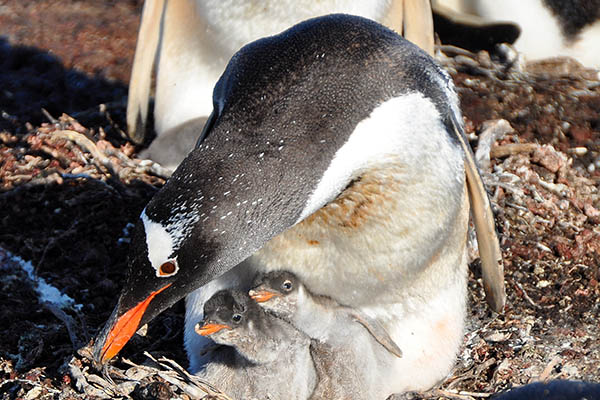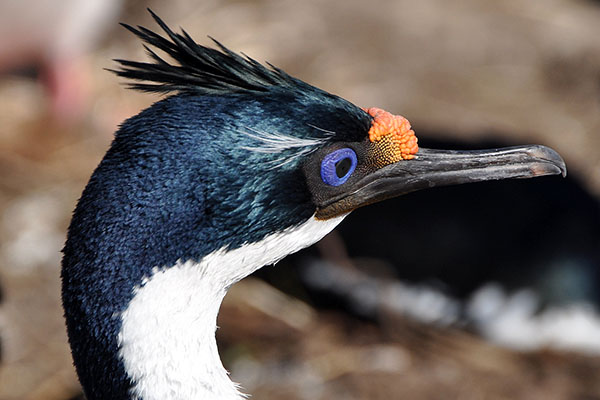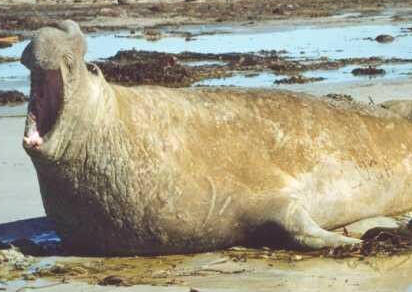
Custom Designing Pampered Adventure since 1966

Destinations
Experiences
 |
L A D A T C
O T O U R S Custom Designing Pampered Adventure since 1966 |
 |
||||||||
| HOME | South America | Falkland Islands | Antarctica | Unique Destinations |
Unique Experiences |
Newsstand | ||||
This is a quick overview of the basics.
For more indepth insight and further explanation of each
click on the links ABOVE under "The Basics".
| WHERE? | |
|
The Falkland Islands, an Overseas Territory of the United Kingdom, is about 8000 miles and 18 hours by RAF flight from London, but they are just 300 miles off the coast of South America, a1 hour 20 minutes flight from Punta Arenas, Chile. There are over 700 islands, with 2 large islands - East and West Falklands - and their associated groupings of islands, with maybe 400 of reasonable size, such as Sea Lion which is 1 mile wide by 5 miles long. They lie at the same latitude south as London is north, so they are not at all exposed to the harsh climate often associated with them. East Falkland Island has the only town, which by island standards is a metropolis, the town of Stanley. Everything outside of Stanley is "Camp", the Falklander term for "country" originating from the Spanish word "campo". And in Camp there are settlements. While they have been both remote and isolated in the past, today the Islands are connected to the world by satellite and lack few of the accoutrements of comfortable living. Settlements have sophisticated satellite antennas for weather data and communications. Generators have replaced peat with electricity as the source of energy for cooking, heating water, running TVs and radio |
|
| WHY? | |
|
Wildlife
Stanley
Life in Camp
Land Rovers
|



 |
| WHAT? | |
| Definitely a tour. You'll need to have all arrangements
pre-confirmed - space is simply so limited that you can not take a chance on just going
there and then trying to arrange all locally.
But a "tour" in the Falklands does not conform to the standard meaning of the word. There are no uniformed guides in chauffeured modern cars or buses herding you around from site to site and dropping you off in impersonal lobbies of bustling hotels. A "tour" in the Falklands means pre-arranged services and accommodations. In Stanley, your services are provided by a guide who does the driving and the vehicle is generally a Land Rover. In Camp, your hosts are your drivers, your guides, and either owners or managers of your accommodations, bar and food service. Your hosts are even more colorful than the townsfolk of Stanley. |
|
| HOW |
| Getting to the Islands is now easy with Lan Chile's once a
week Saturday flight from Santiago with stops in Puerto Montt and Punta Arenas.
Once in the Islands, getting anywhere except a few points close to Stanley is by FIGAS (Falkland Islands Government Air Service). They fly 9-seater Islander aircraft on an "On Demand" service. FIGAS issues an air ticket, but you don't need it; your name on the manifest is sufficient. They weigh you (no limit) and your luggage (28 pounds maximum) in order to determine distribution within the aircraft. Once at your destination you get around by Land Rover, over hill and dale, across streams and puddles, along beaches and peat bogs. |
| WHEN? |
| In general and in very broad terms, the best time is
October through March. However, specific interests may dictate the best times. For breeding and babies, earlier in the season is better, but most migratory wildlife seems to be in the Islands between October and March; the best fishing is March and April. Sheep shearing happens three times during the year, with October-November and March being the most likely times to catch this activity. Click here to see the Wildlife Calendar on Who-What-When. Be prepared for all four seasons in a day - layering of clothes is appropriate. Wind is a fact of life and is most predominant in November through February though a day with no wind is as unusual as gale force days that stop outdoor activities. |